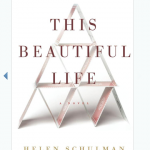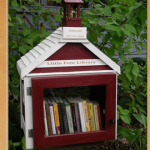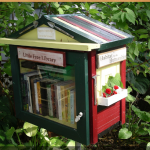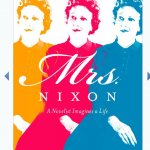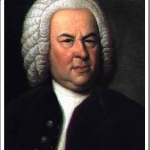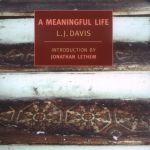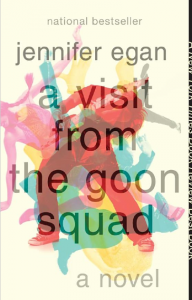As someone who grew up reading classics after watching the Masterpiece Theatre versions (“Cousin Bette,” in particular, got me started on Balzac) I was very taken by today’s article in the New York Times about publishers efforts to tie new releases into the series. Naturally, I was looking for my own favorite World War I novels. The best one not listed is “Birdsong” by Sebastian Faulks, about a British soldier’s affair with a French woman but highly memorable for its description of a sapper‘s life in the trenches.
What’s your favorite? Let us know in the comments. Have a book you want me to know about? Email me at asbowie@gmail.com. I also blog about metrics at asbowie.blogspot.com.

